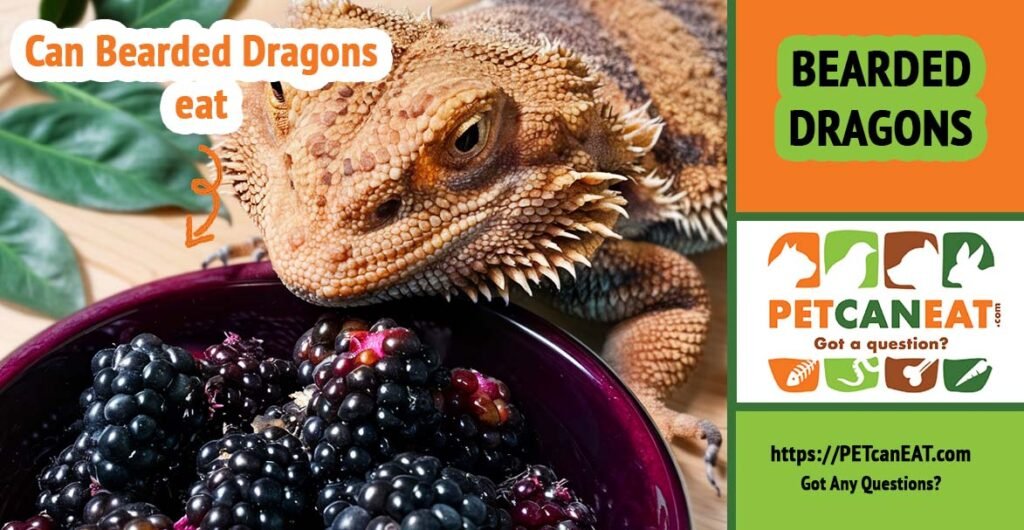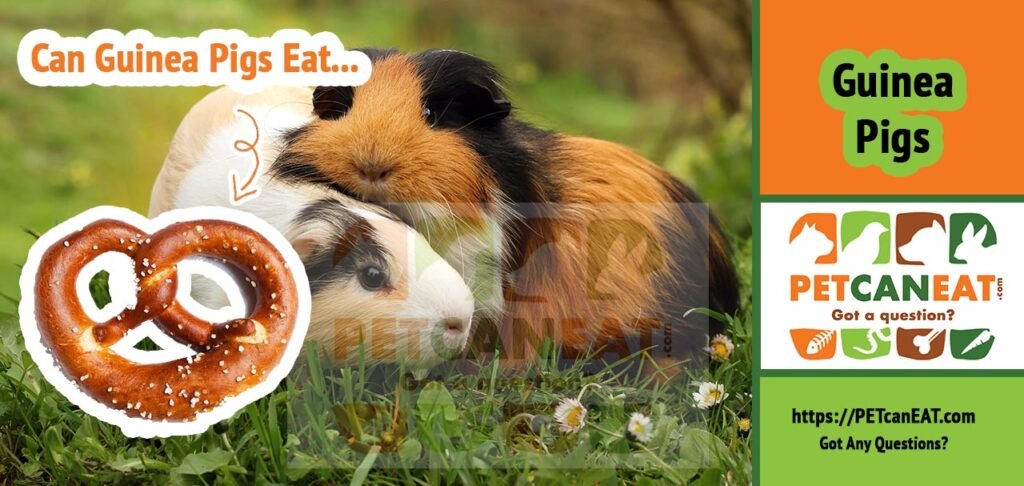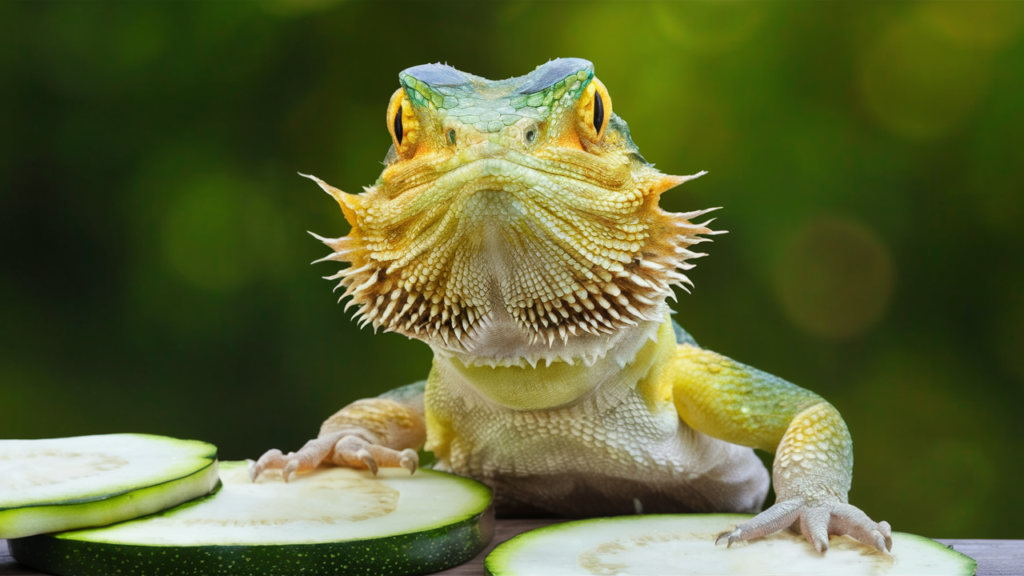Getting an exotic pet such as a corn snake might seem like a great idea, but before buying a corn snake, ensure that you are prepared to commit your time, money, and effort into raising a healthy, happy snake.
Corn snakes generally live for 12 to 15 years in captivity, but they can live for up to 25 years — that is a huge commitment.

Will you be off to university in a few years? Are you likely to move house? Will you want children in the future? Think about everything and then think if you’ll still be as committed to corn snake ownership as the initial enthusiasm you feel now.
About the corn snake
Corn snakes originate from the United States of America and are native to the central and southeast of North America.
They are called corn snakes as they were frequently found hunting in the corn barns of the USA.
In the wild, they are most commonly orange with black lines and red saddle markings down their back, but selective captive breeding has produced a variety of different colors.
The range of corn snake colors found in captivity is now HUGE.
Before buying a corn snake
Here are some questions to consider before buying a corn snake
Can you afford a corn snake?
Will you be able to provide enough space for a corn snake?
They start tiny but grow rapidly and will probably need three different vivariums during their lifetime in order to accommodate their size.
An adult captive corn snake can grow up to 1.8 meters long and commonly reach lengths of 1.2 meters and would require a big, roomy vivarium. The larger-sized vivariums for an adult corn snake can cost up to $500.
It’s important that prospective owners consider the space required for an adult corn snake’s vivarium and have the budget available to upgrade when the time comes.
Taking care of a corn snake
Corn snakes are crepuscular, meaning that they are most active in the early morning and evening.
Housing your corn snake
Corn snakes kept as pets live happily in a glass-fronted vivarium with ventilation panels and a meshed, escape-proof roof. Ventilation is vital to avoid the build-up of bacteria.
Corn snakes are nocturnal, so ensure the vivarium is quiet and will not be disturbed during the day.
Juvenile corn snakes require a small vivarium that helps them feel safe and enclosed. It is crucial that you don’t place a juvenile corn snake into a vivarium that is too large for him as this can be stressful and cause him to stop eating.
As your corn snake grows, his vivarium will need to grow as well to accommodate him. For a pair of snakes, the RSPCA recommends that the vivarium is as long as the largest snake and measures at least 50cm wide by 50cm high.
Corn snakes have an inner ear, which is capable of picking up sound vibrations. You should place the vivarium in a quiet environment away from loud noises, which could make your snake feel threatened and anxious.
Anxiety in corn snakes can cause them to stop eating and is not good for their long-term health.
Will a corn snake’s vivarium need heating?
Yes. The temperature in the vivarium during daylight hours should be 24°C to 27°C, with a basking area that is 30°C. This can be provided using a basking light or heat mat, heating rock near to a large flat rock that it can use to transfer the heat.
Ensure that you use a thermostat-controlled heat source to avoid overheating.
It is essential to have both cooler and warmer areas in the vivarium in order to allow your corn snake to regulate its own temperature by moving from one area to the other.
Will a corn snake need UV Lighting?
Corn snakes do not have a specific requirement for sunlight, but having a UV light on during the day is good practice to mimic the normal daylight hours.
The light should be on for around 12 hours in the summer, gradually reduced down to 8 hours in the winter to reflect seasonal changes.
What substrate should you use for a corn snake?
We recommend using aspen bedding, coconut husk, or a good-quality dried bark chip. You can also use a cage carpet or even a kitchen towel.
Do corn snakes drink water?
Yes. The corn snake owner should provide a weighted or heavy-bottomed shallow dish with water in the cooler area of the vivarium at all times for both drinking and bathing. This is more important when your snake is shedding his skin.
What other items should you include in a vivarium?
Corn snakes will enjoy places where they can hide both in the warmer and cooler areas of the vivarium and a moist hide to help during shedding periods.
Some of the items to include are:
- Artificial plants,
- branches (cleaned, with the bark removed) and
- You can also add rocks to make the environment more stimulating.
- Some owners use fake, realistic rocks other objects too, e.g., bones.
Do corn snakes need to be kept in pairs?
Corn snakes live solitary lives in the wild. Similar-sized, same-sex snakes can live in small groups together in captivity, provided that they are given plenty of space and are fed separately to avoid confrontation.
Do not keep a male or female together, as mating will be inevitable. They spend most of their daylight hours hiding and sleeping.
Do corn snakes make good pets for children?
Corn snakes are unlikely to be very entertaining pets for children. They also require very gentle and careful handling, so they are not ideal pets for children to hold.
The body’s weight should be supported while allowing the snake to move around, constantly using you as a support.
Handlers should never grip them tightly as this can cause injury, and some children do not understand this concept.
Will you be able to care for a corn snake for its entire life?
Can you provide a lifetime of care to a corn snake? They generally live for 12 to 15 years but can live for as long as 20 years.
As an owner, you’ll need to carefully consider whether or not your circumstances are likely to change within your snake’s lifetime, such as moving away to university.
Will you or another family member be able to continue to care for your corn snake in this situation?
Can you afford to care for a corn snake?
Have you considered all the costs involved in owning a corn snake?
There is the expense of heating and lighting the vivarium, equipment, feeding, and pet insurance premiums, plus veterinary fees in case of emergency.
These will all need to be considered and budgeted for in advance.
Who will care for your corn snake while you are on holiday?
What about holidays? Do you have a knowledgeable friend or local specialist who will be able to care for your corn snake while you are on holiday? You will also need to consider the potential costs associated with this.
Is your corn snake healthy?
If you care for your corn snake properly and provide the correct diet and environment, corn snakes make very healthy pets and suffer from very few illnesses.
Before bringing your corn snake home, research the vets in your area and try to locate your local reptile-friendly veterinary practice, as not all of them have vets that are experts in reptile care.
Signs that your corn snake is healthy include:
- Tasting the air frequently and rapidly with his tongue
- The body should feel firm and muscular.
- The skin will be smooth and shiny without any blisters or lumps on the skin.
- The ‘vent’ (excrement opening) should not be wet and should be free of feces
- Nasal discharge, open-mouthed breathing or wheezing, and the tip of the tongue sticking out are signs that indicate your corn snake may be unwell.
Caring for your corn snake
Cleaning out your corn snake’s vivarium
Corn snakes are generally very clean animals as they usually only excrete feces one or two days after feeding. If the vivarium is spot-cleaned regularly, a total cleanout and disinfection will only need to take place every three weeks or so.
Ensure all objects are clean and dry before returning them to the vivarium, and ensure that you use a reptile-safe disinfectant.
Please wash your hands after handling your reptile, any of its food, or any objects from the vivarium to maintain good hygiene.
Shedding
Snakes shed or ‘slough’ their skin every two to three months, but they can do so more regularly when they are young and growing rapidly.
The first sign that your snake will be shedding is the cloudiness over the eyes and the dullness on their scales.
During a shed, snakes will often lose their appetite and spend longer in their water bowl or the damp hide in preparation.
It’s important that there is always water available in a heavy-bottomed bowl, particularly during shedding.
A healthy snake, free from illnesses will shed its skin in one piece, usually around a piece of the vivarium furniture.
A skin that is shed in pieces often indicates that the humidity inside the vivarium needs altering.
Handling your corn snake: Do corn snakes like handling?
It is important to handle a corn snake carefully.
It would be best if you supported the weight of their body, but the snake should be allowed to move around in your hands and should never be firmly gripped as this can cause injury.
Do not handle your snake during shedding. During this process, their vision is impaired, and being handled at this time can cause stress.
Avoid handling your corn snake for two days after feeding, as this may cause regurgitation.
If your corn snake is handled regularly, it should not find the process too stressful, and the handling can also be a good exercise for the snake. Remember to ensure you handle your snake in a safe area with doors and windows closed if the snake gets loose.
Feeding your corn snake
What do corn snakes eat?
Wild corn snakes live on a varied diet, including small rodents and amphibians. So what can they eat in captivity?
Adult corn snakes kept in captivity live on a diet of mice and rat pups. Apart from mice and rat pups, you can also feed day-old chicks.
The food should either be freshly killed or frozen and then fully defrosted at room temperature (not in the microwave).
It is vitally important that the food is fresh — if not, it can rot in the snake’s stomach, which can be life-threatening.
We recommend feeding your corn snake outside of the vivarium in a safe, secure plastic box. This will help to stop your corn snake from ingesting its substrate as it eats.
How many times should I feed my corn snake?
An adult corn snake may only eat once a fortnight, mainly if he eats a lot in one meal.
It’s common for them to do this, perhaps taking three or four mice in one feed then being content for a fortnight afterward. This mimics their diet in the wild when they would commonly raid a nest, eat a large amount at one time, then not eat again for several weeks.
If your adult snake only takes one or two mice during a feed, he is likely to need feeding again quite quickly.
You will be able to tell whether or not your snake is hungry again as he will most likely be up at the glass trying to get out.
It is important that you offer food to your corn snake using tweezers to avoid being bitten during the feeding process.
Wash any surfaces that the food has come into contact with, as well as your hands. This is to avoid the risk of picking up or spreading bacteria such as salmonella.
You’ll need to offer pinkie (baby) mice to your Juvenile corn snakes.
Juvenile corn snakes will need more regular feeding while they are growing rapidly. You should feed them at least once a week, depending on what they eat in one meal.
A vitamin supplement containing calcium and other minerals will need to be fed regularly too.
This can be administered by creating a hole and inserting the supplement into the skin of one of your snake’s food items, or you can add it to the water.
You should provide water at all times in a heavy-bottomed bowl that cannot tip over. Avoid handling your corn snake for two days after feeding, as this may cause regurgitation.
Some FAQs about corn snakes
Why isn’t my corn snake eating?
A corn snake may refuse his food if he is:
- Beginning his shedding cycle
- If he has recently been fed and is not hungry
- If he is dehydrated
- When agitated due to overhandling
- If he is not warm enough
- If the food is not warm enough
- If the scent of the prey has been lost due to being defrosted in hot water
- If your snake has a digestive problem or illness
- If the food is too large
- If the environment the snake is kept in has changed, causing nervousness.






